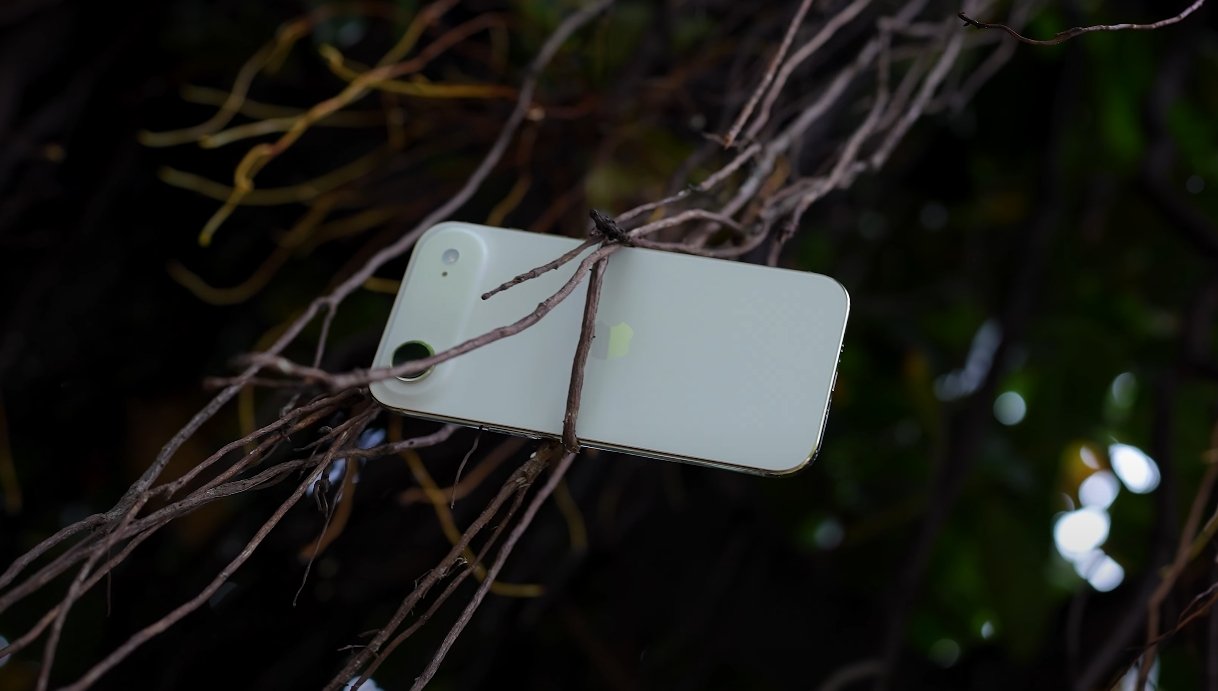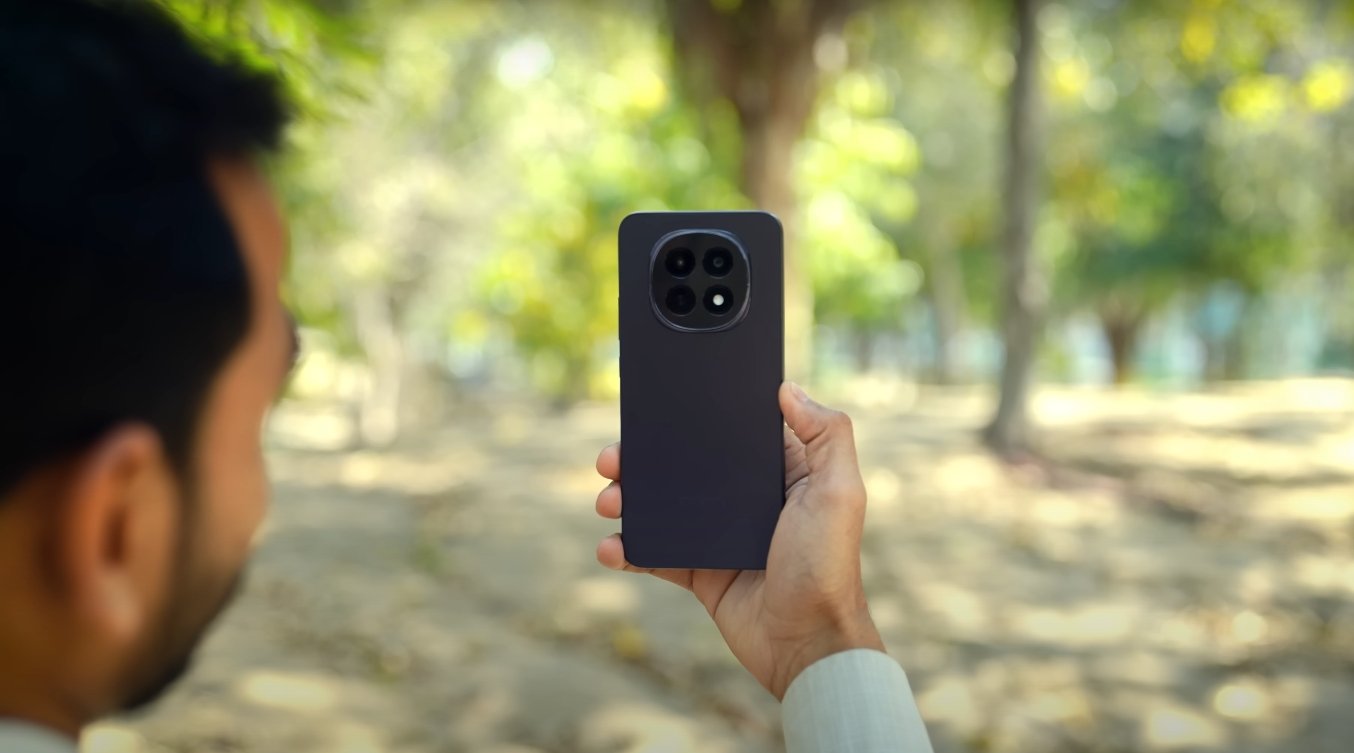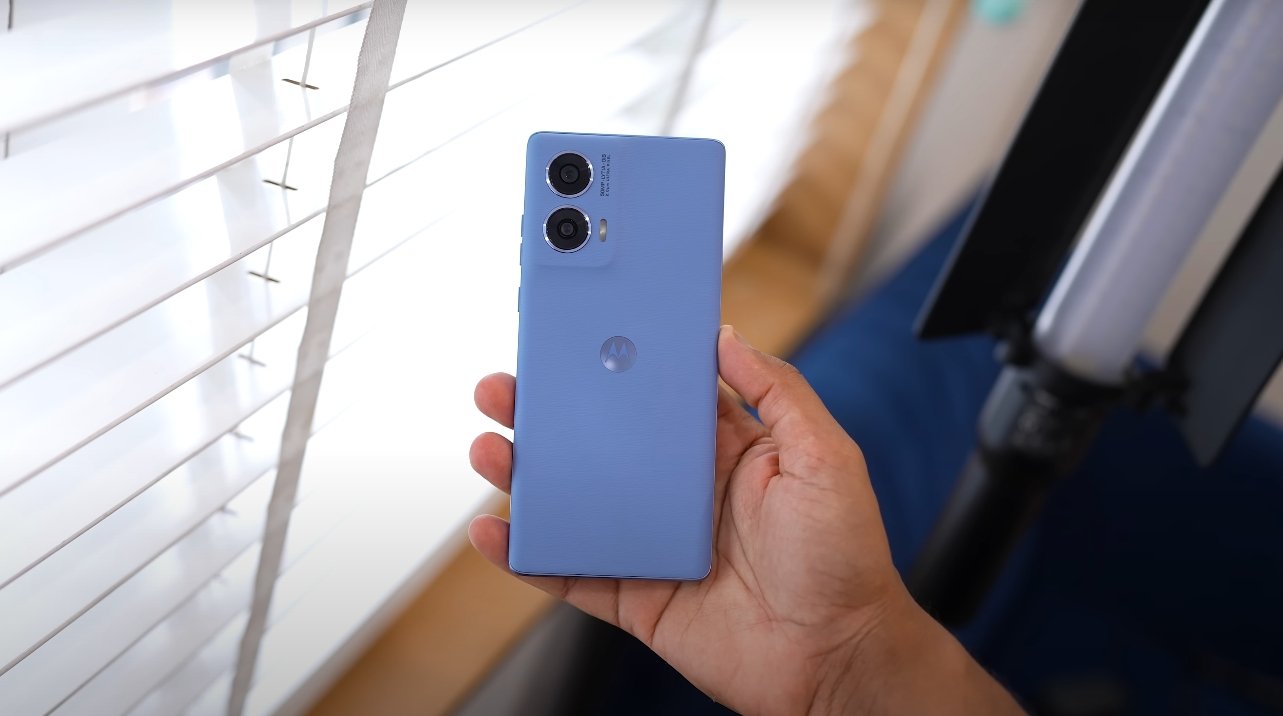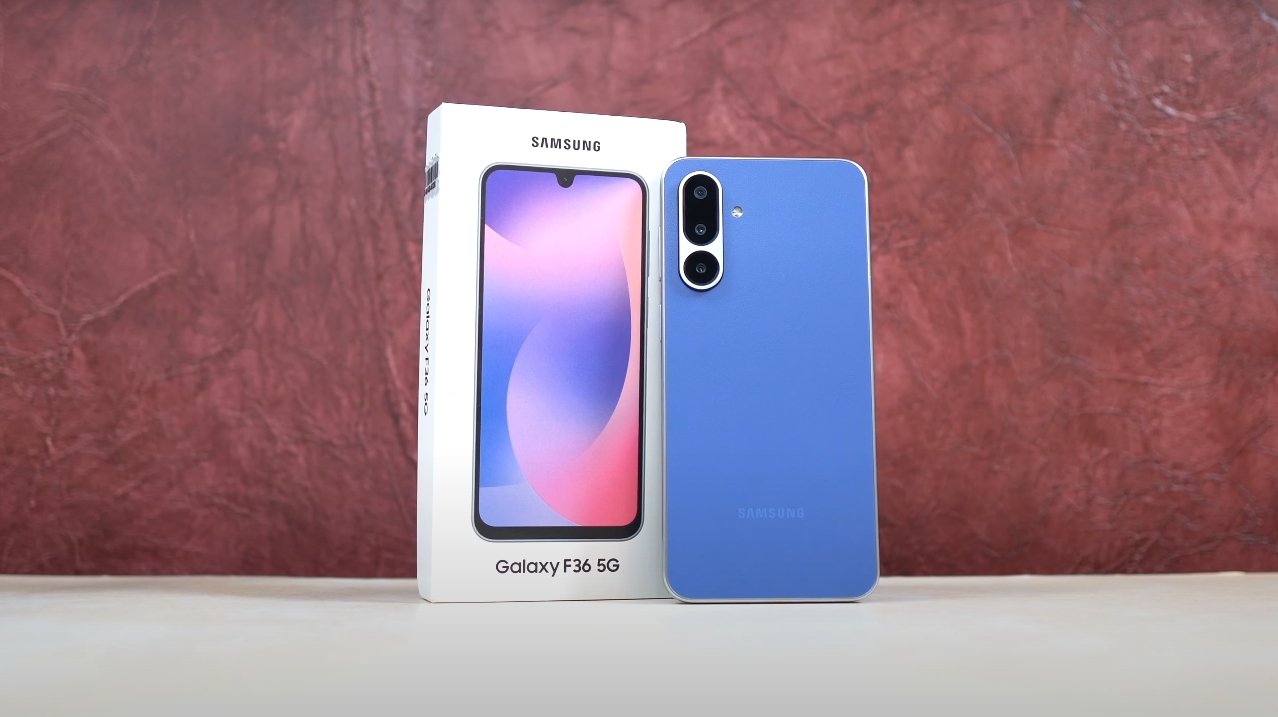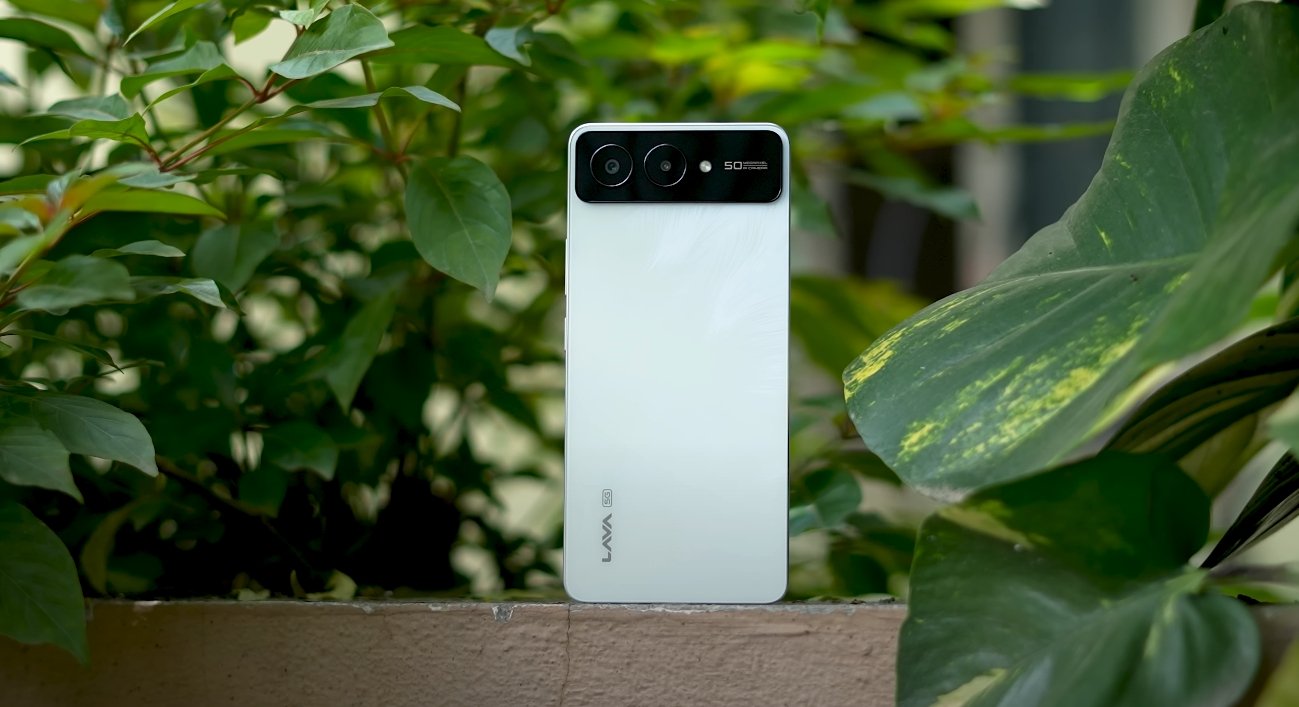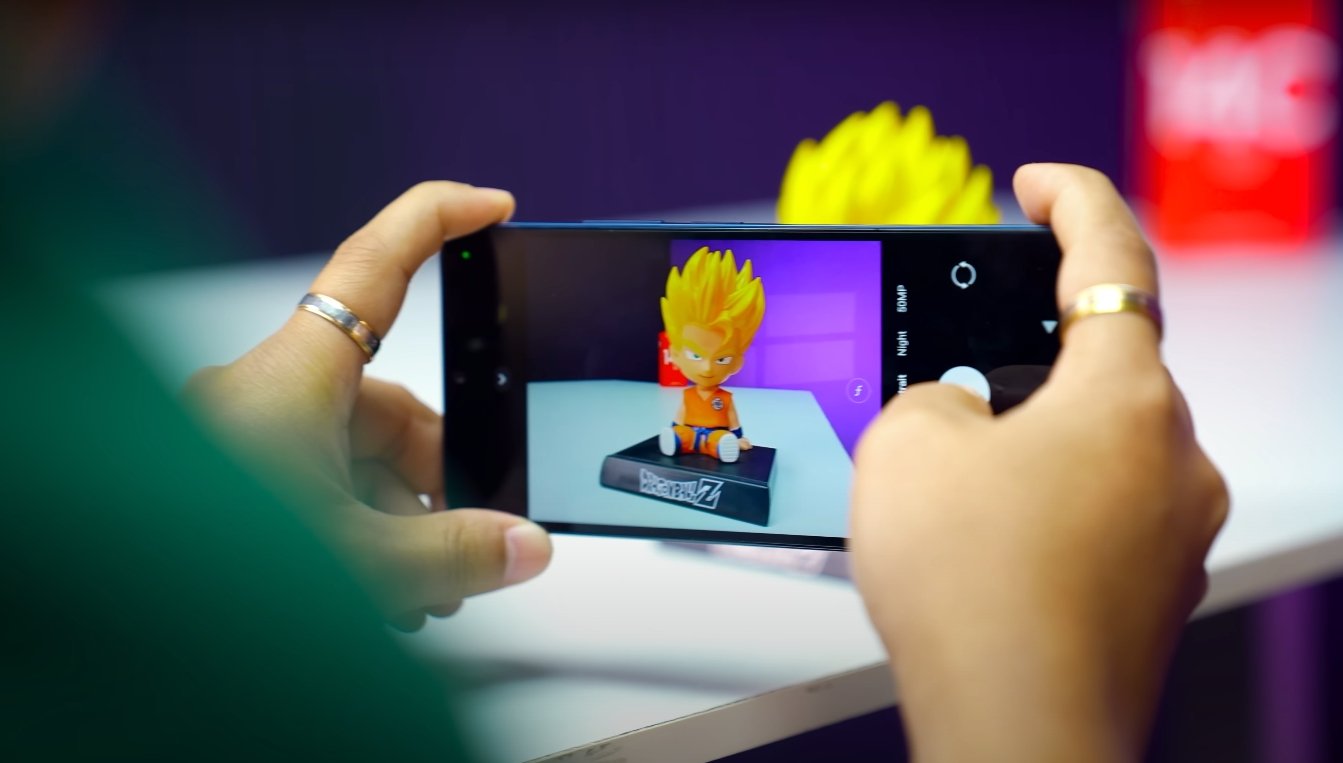Comparing Apple’s Ultra-Thin Air with the High-End 17 Pro
Apple’s iPhone Air, launched in 2025, represents the company’s push toward ultra-thin, lightweight devices that prioritize portability and modern design. In contrast, the iPhone 17 Pro, also released in 2025, targets users who value top-tier performance, advanced camera capabilities, and longer battery life. For U.S. buyers deciding between these two, understanding the trade-offs is essential.
The iPhone Air is Apple’s thinnest model yet, measuring approximately 5.64 millimeters thick and weighing around 165 grams. Its titanium frame and minimalist single-lens rear camera contribute to a sleek, lightweight form factor. The iPhone 17 Pro is thicker at 8.75 millimeters and heavier at 206 grams, offering a more robust build and a triple-camera system. This design provides better thermal management and enhanced durability, but sacrifices some portability compared to the Air.
The display on the iPhone Air is a 6.5-inch OLED panel with ProMotion technology, offering a 120Hz refresh rate and an always-on display. The resolution of 2736 x 1260 pixels ensures sharpness and vibrant colors. The iPhone 17 Pro uses a slightly smaller 6.3-inch Super Retina XDR display with HDR support, True Tone, and a resolution of 2622 x 1206 pixels. While slightly smaller, the 17 Pro’s screen delivers excellent brightness, color accuracy, and smooth visuals suitable for photography, video streaming, and gaming.
Performance is driven by the A19 Pro chip in both models, but the iPhone 17 Pro includes vapor chamber cooling that allows sustained high performance without thermal throttling. The Air’s slim design can lead to minor throttling under extended heavy use, especially during gaming or intensive multitasking. Both devices handle daily apps, social media, and multimedia consumption efficiently, but the 17 Pro is better suited for power users who push the device to its limits.
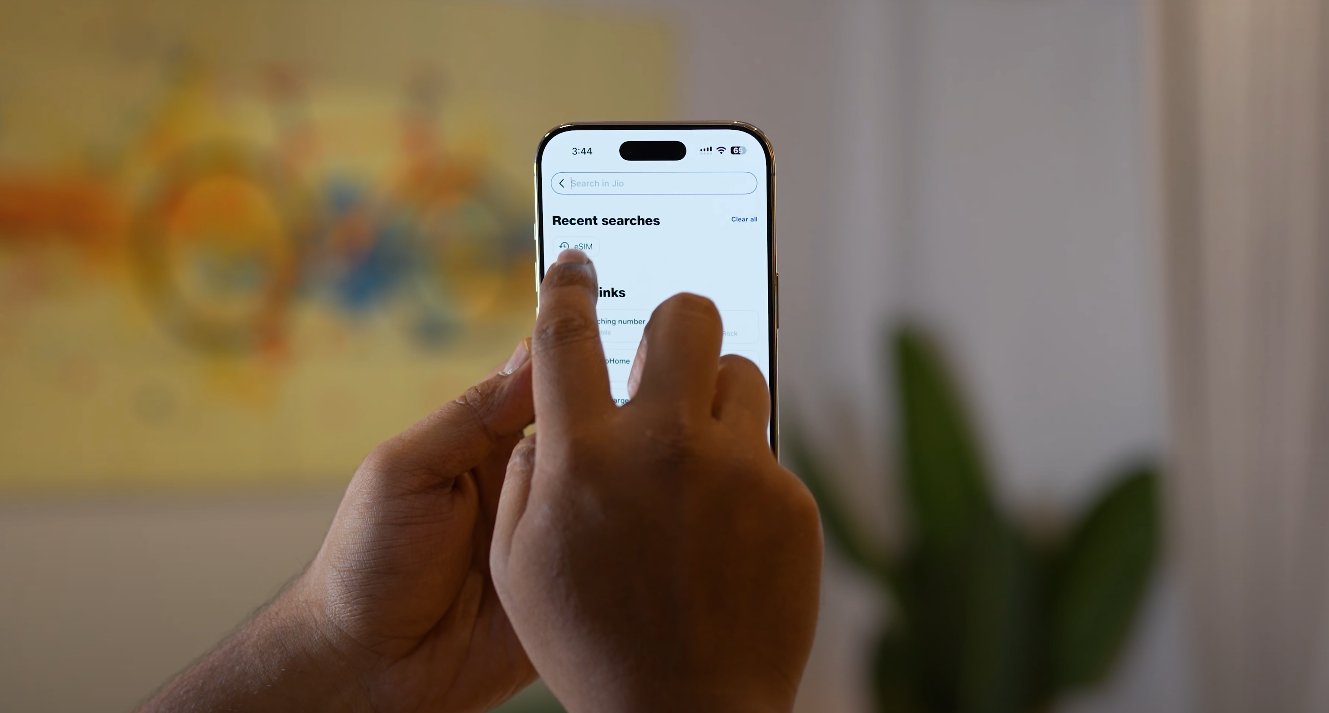
Camera capabilities highlight one of the most significant differences. The iPhone Air has a single 48-megapixel rear camera with a 2x optical-quality crop and an 18-megapixel front camera with Center Stage support. In contrast, the iPhone 17 Pro offers a triple-camera system including a 48-megapixel main sensor, a 4x telephoto lens, and an 18-megapixel front camera. This setup provides more versatility for landscapes, zoom photography, and professional-level shots, making the 17 Pro superior for photography enthusiasts.
Battery life also reflects the design priorities of each phone. The Air’s 3,149mAh battery is constrained by its slim frame and thermal management limits, providing adequate but shorter endurance during heavy use. The 17 Pro’s larger 4,252mAh battery, combined with better thermal design, allows for longer all-day usage even under demanding tasks. Both models support fast charging, MagSafe wireless charging, and USB-C connectivity, but the 17 Pro offers a clear advantage for users who rely on extended battery performance.
Both phones share advanced connectivity features, including Wi-Fi 7, Bluetooth 6, eSIM support, and the latest iOS 26. The Air prioritizes portability and cutting-edge display performance, while the 17 Pro focuses on a balanced user experience with durability, battery life, and camera versatility.
In conclusion, the iPhone Air is ideal for users who want a sleek, lightweight design, smooth display performance, and advanced processor capabilities, accepting compromises in battery life and camera versatility. The iPhone 17 Pro, on the other hand, delivers a more robust and balanced experience with superior camera options, longer battery life, and enhanced thermal management. Choosing between these models depends on whether you prioritize portability and modern design or performance and versatility for professional-level use.
Also Read: Apple iPhone Air VS iPhone 17
